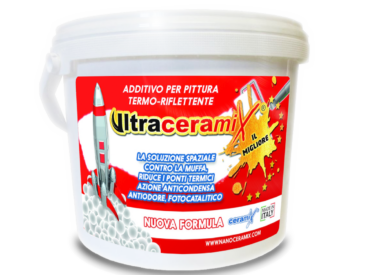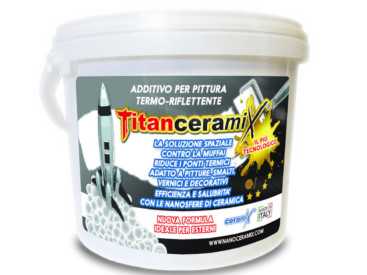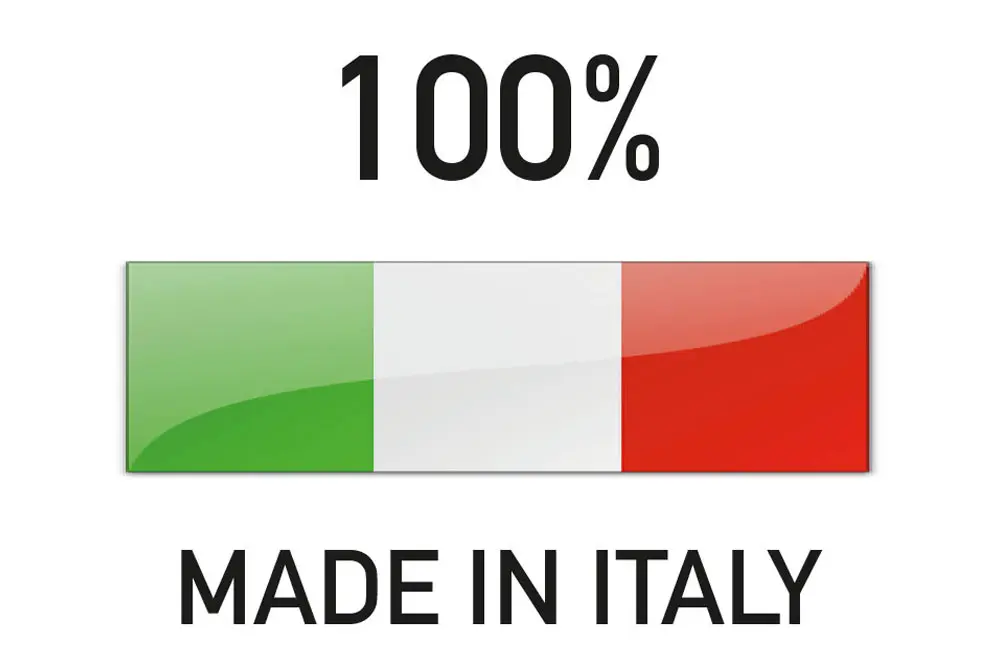Clarification on how to insulate a house and alternatives to improve its thermal insulation
Insulation for homes is commonly available in different types: glass fiber, rock wool, polyurethane or polystyrene panels, foam foam insulation etc.
These are basically conventional insulators as they resist the passage of heat TRANSMITTED BY CONDUCTION.
One of the possible classifications for these materials is the value “K” (thermal conductivity). The less “K”, the more effective and insulating the material will be, and consequently the wall that contains it.
We must, however, remember that the heat travels ALWAYS from warmer areas to colder areas! The cold does not enter the house! It’s the heat that comes out to make a house colder in the winter!
Obviously the opposite happens in summer when the heat, crossing the walls and the ceiling of the house, enters a cooler environment.
Nanoceramix offers an alternative method to insulate the house as it forms a radiant thermoreflective barrier that resists the passage of heat TRANSMITTED BY IRRADIATION reducing the amount in input (in summer), or output (in winter) from the house
 In order to assess the performance of Nanoceramix, the “K” value is not decisive as ceramic nanospheres reflect heat and do not behave like conventional thermal insulation products (which provide a coefficient of thermal resistance directly proportional to the thickness).
In order to assess the performance of Nanoceramix, the “K” value is not decisive as ceramic nanospheres reflect heat and do not behave like conventional thermal insulation products (which provide a coefficient of thermal resistance directly proportional to the thickness).
The ceramic nanosphere, empty inside, actually has good K values, but the thickness of the radiant barrier of Nanoceramix (on the order of a few mm in case of two layers of paint) does not offer a heat insulation BY CONDUCTION of the same order of size of several cm of conventional insulation.
In any case, the overall effectiveness of Nanoceramix can be comparable to conventional insulators, offering an extreme simplicity of application and low costs.
By painting the ceiling, the interior walls, the exterior or the roof with Insuladd paints or any paint containing Nanoceramix, you can achieve high insulation values thanks to the thermoreflection. It is an easy, economical and, in several cases, the only way to improve the energy efficiency and insulation of each home, reducing the flow of RADIANT HEAT through the walls.
The test carried out by the Geoscience laboratories on behalf of Tech Traders (the American company that created Nanoceramix) showed that two layers of paint containing Nanoceramix in the indicated doses, compared with two layers of the same paint without Nanoceramix, They offer an additional thermal resistance to radiant heat R=6 hr f t2 F/BTU which is equal (in European units of measure) to 1.05 m2 C/W.
The 1.05 m2 °C/W is comparable to the radiant heat behavior of more than 3 cm of EPS, and means that, applying two layers of Nanoceramix inside, you will have in winter comparable values of thermoreflection.
For the summer the situation is similar, but to obtain these values it is necessary to apply Nanoceramix outside the house.
The side of the wall (inside/outside) of application of the nanoceramized varnish is crucial for the greater insulation (from cold or heat), as all Insuladd solutions fall within the field of heat-reflecting insulators.
The ideal solution is to paint with Nanoceramix both the inside and the outside of the building, in order to have a thermoreflection comparable to 3 cm of EPS insulation to radiant heat, throughout the year.













